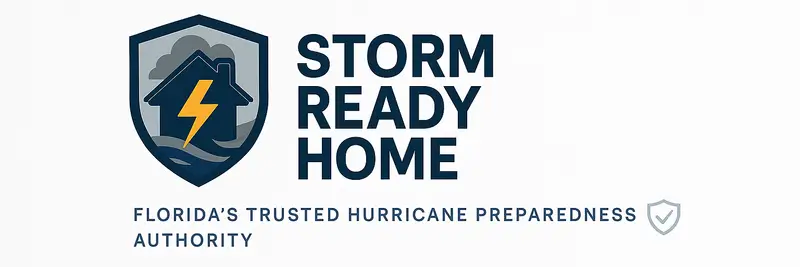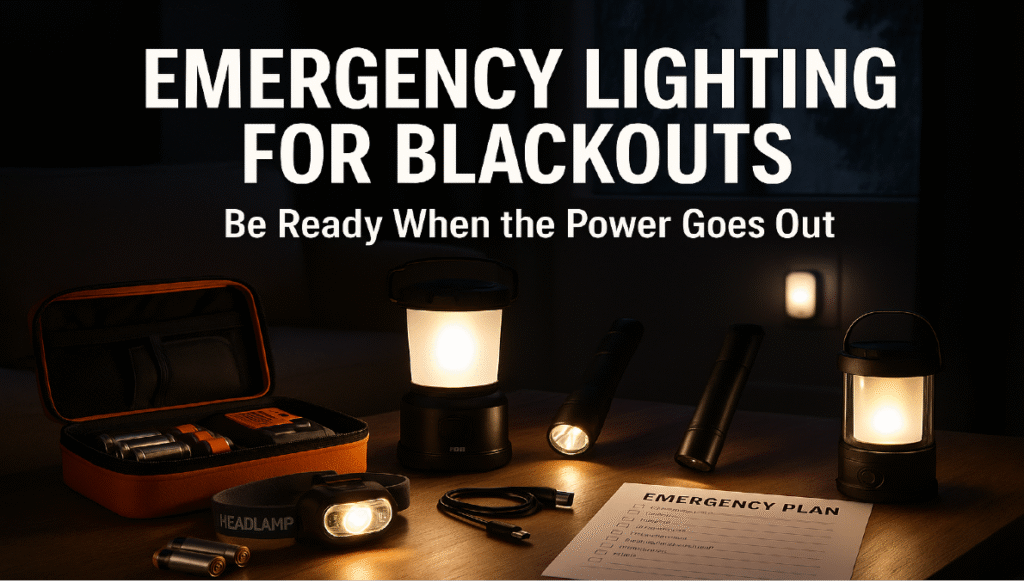
Don’t Let Blackouts Leave You in the Dark: Discover the Best Emergency Lighting for Blackouts
Emergency lighting for blackouts is essential for every home, yet many families overlook it until a crisis hits. When the power goes out, having the right lights can mean the difference between safety and chaos. Hallways and stairs become dangerous without proper illumination, and everyday tasks become stressful. By planning ahead and investing in the most reliable options, you protect your loved ones, bring peace of mind, and regain control even during unpredictable storms.
In this expert guide, you’ll find proven solutions, trusted product recommendations, and practical advice to ensure your home stays safe and bright during any outage. Drawing on first-hand experience and industry best practices, we’ll show you how to prepare your family with the best emergency lighting for blackouts, plus tips for getting the most from every device you choose.
According to the U.S. Department of Homeland Security, every home should have emergency lighting for blackouts and a complete storm safety plan.
What Is Emergency Lighting for Blackouts?
Emergency lighting for blackouts includes any light source, portable or fixed, designed to keep your home illuminated when the main power goes out. This can mean battery-powered LED lanterns, rechargeable flashlights, headlamps, solar-powered lights, and plug-in night lights with battery backup. Unlike standard household fixtures, these devices are built for quick access, safety, and reliable use indoors—especially for families with kids or seniors.
- Lanterns: Provide broad, 360-degree coverage, ideal for living rooms and common spaces.
- Flashlights: Offer focused beams to help you navigate hallways or make urgent repairs.
- Headlamps: Let you work hands-free while cooking, reading, or moving around at night.
- Plug-in lights: Activate automatically during an outage, perfect for bedrooms, bathrooms, or stairs.
- Solar and rechargeable lights: Keep the lights on without relying on new batteries.
Unlike regular household lights, these options are designed to be both easy to use and fail-safe, so your family is never left in the dark.
FEMA recommends battery-powered or rechargeable lighting as a safe alternative to candles during blackouts. Learn more at FEMA: Keep Safe When the Power’s Out.
Why Emergency Lighting for Blackouts Matters
During a blackout, reliable emergency lighting is crucial for safety. Homes can become hazardous quickly, especially for children, seniors, or anyone with mobility issues. Stairs, hallways, and exits are common accident zones when it is dark. Having a variety of dependable options on hand helps you prevent injuries, minimize panic, and maintain control.
Beyond safety, the right lighting brings comfort and a sense of security. Well-lit rooms make it easier for families to gather, check supplies, or manage basic needs until the power returns. After a storm, good illumination lets you assess damage, stay in touch with neighbors, and begin recovery efforts confidently.
- Reduces trips and falls in dark areas.
- Makes it easier to check on family members and pets.
- Enables food prep, first aid, or emergency repairs.
- Improves well-being and lowers anxiety during stressful events.
Types of Emergency Lighting for Blackouts
The best blackout plan uses a mix of devices, each serving a unique purpose. Here are the top options for home resilience:
- LED Lanterns: Offer 360-degree light, perfect for gathering spaces or large rooms.
- Flashlights: Compact and powerful, keep one in every room, garage, and car.
- Headlamps: Hands-free convenience for repairs, cooking, or late-night tasks.
- Plug-in models: Stay charged and switch on automatically during an outage.
- Solar lights: Great for long outages, with charging by day and light by night.
- Multipurpose hybrids: Some new models combine lights, fans, and power banks in one device.
For best results, keep your emergency lighting for blackouts spread throughout the home—in bedrooms, living areas, and near exits so you can always find a dependable light when you need it.
How to Choose the Right Emergency Lighting for Blackouts
Not all emergency lighting for blackouts is created equal. When building your blackout kit, focus on safety, reliability, and features that fit your home and family’s needs. Here’s what to look for when selecting the best emergency lighting for blackouts:
- Battery Life and Power Source: Choose lights with long run times, ideally eight to twenty-five hours on a single charge. Rechargeable batteries, solar panels, or replaceable alkaline batteries offer dependable emergency lighting for blackouts.
- Brightness: Opt for models with adjustable brightness or multiple modes. This flexibility lets you conserve power when a soft glow is enough, or increase brightness for safety and critical tasks.
- Safety for Indoor Use: Always select emergency lighting for blackouts that is cool to the touch, flameless, and free of open flames or fumes. LED lights are the safest and most energy efficient option for homes.
- Portability and Storage: Look for compact or foldable lights that are easy to move or hang. Lightweight models are ideal for bedrooms, stairwells, and emergency go-bags.
- Additional Features: Some emergency lighting for blackouts includes USB charging ports, built-in fans, or motion sensors for hands-free use. Choose features that add convenience and comfort for your family.
- Weather Resistance: If you plan to use your emergency lighting for blackouts outdoors, select models that are water resistant or designed for outdoor use.
Remember to test your emergency lighting for blackouts twice a year, replace batteries as needed, and keep instructions handy so everyone at home knows how to use them.
Safety Tips for Using Emergency Lighting for Blackouts Indoors
Keeping your family safe during a blackout means more than simply having lights—it is also about using your emergency lighting for blackouts the right way. These tips will help you avoid hazards and ensure your lighting is effective when you need it most:
- Use only battery-powered, rechargeable, or solar-powered emergency lighting for blackouts indoors. Avoid candles, oil lamps, or open flames to reduce fire risks.
- Check all emergency lights for overheating after extended use, especially if they are older or run on high settings.
- Store extra batteries in a dry, cool place, and never mix old and new batteries. This prevents leakage and extends the life of your emergency lighting for blackouts.
- Keep at least one flashlight or lantern in every bedroom and one in each main living area. This way, everyone can reach emergency lighting for blackouts quickly if the power fails at night.
- For families with children, choose lights with shatterproof casings and secure battery compartments.
- Use plug-in night lights in hallways and stairwells to provide low-level emergency lighting for blackouts automatically if the power goes out.
- Recharge all lights every few months, even if they have not been used, to keep batteries healthy and ready for emergencies.
- Always follow the manufacturer’s instructions for safe operation and proper battery care.
With these safety practices, your emergency lighting for blackouts will be dependable and ready whenever your family needs it.
For a complete emergency lighting safety guide, visit Ready.gov.
Top Emergency Lighting Products for Blackouts
Below are six of the most trusted and effective emergency lighting products for blackouts available today. Each one offers unique strengths and real benefits for storm prep and blackout resilience. Use the descriptions to find the right fit for your family, and refer to the raw image and affiliate URLs for your visual enhancements and calls to action.
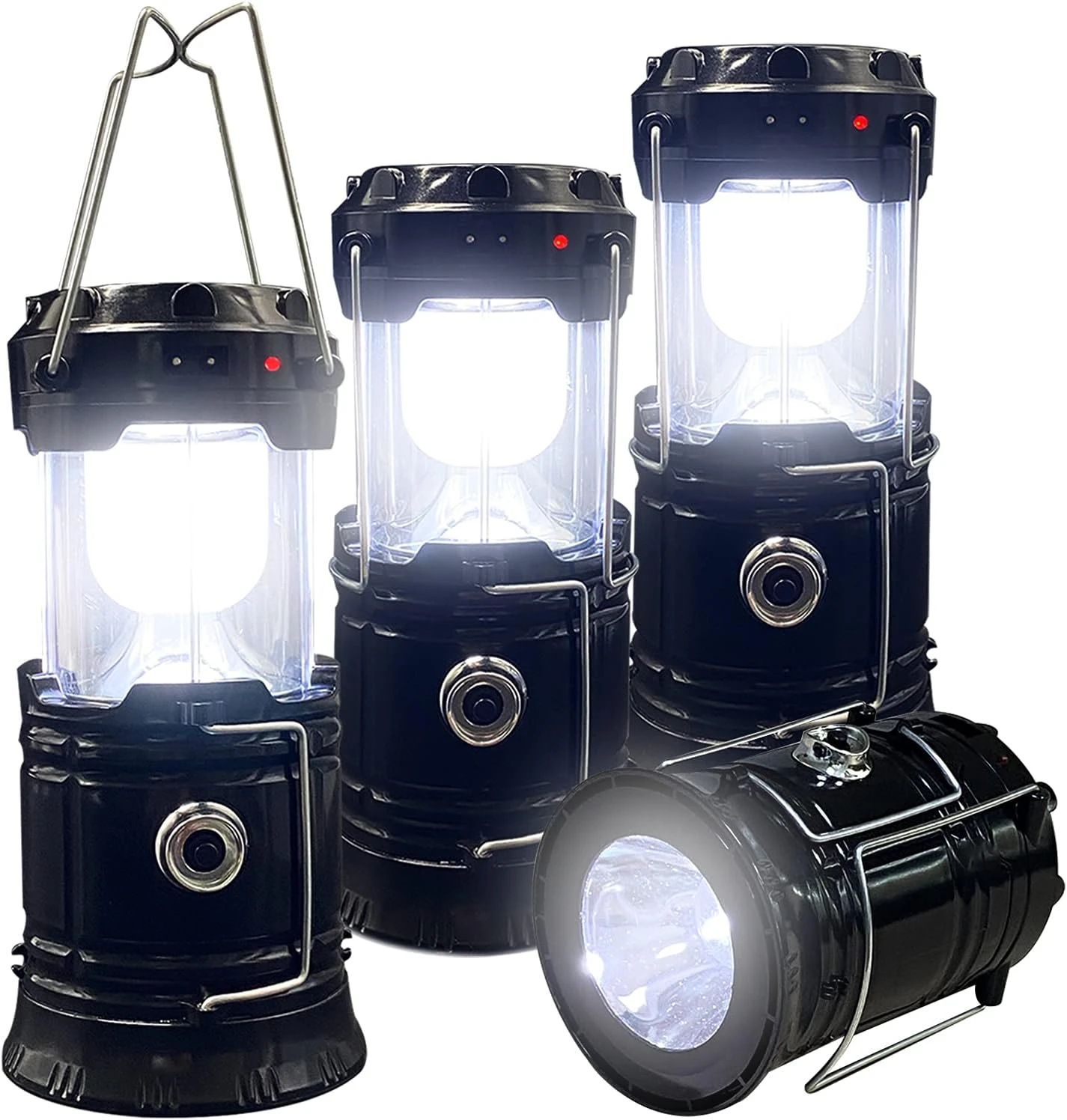
Collapsible Portable LED Camping Lantern XTAUTO (4-Pack)
- 25 hours runtime
- USB & solar rechargeable
- Waterproof, compact design
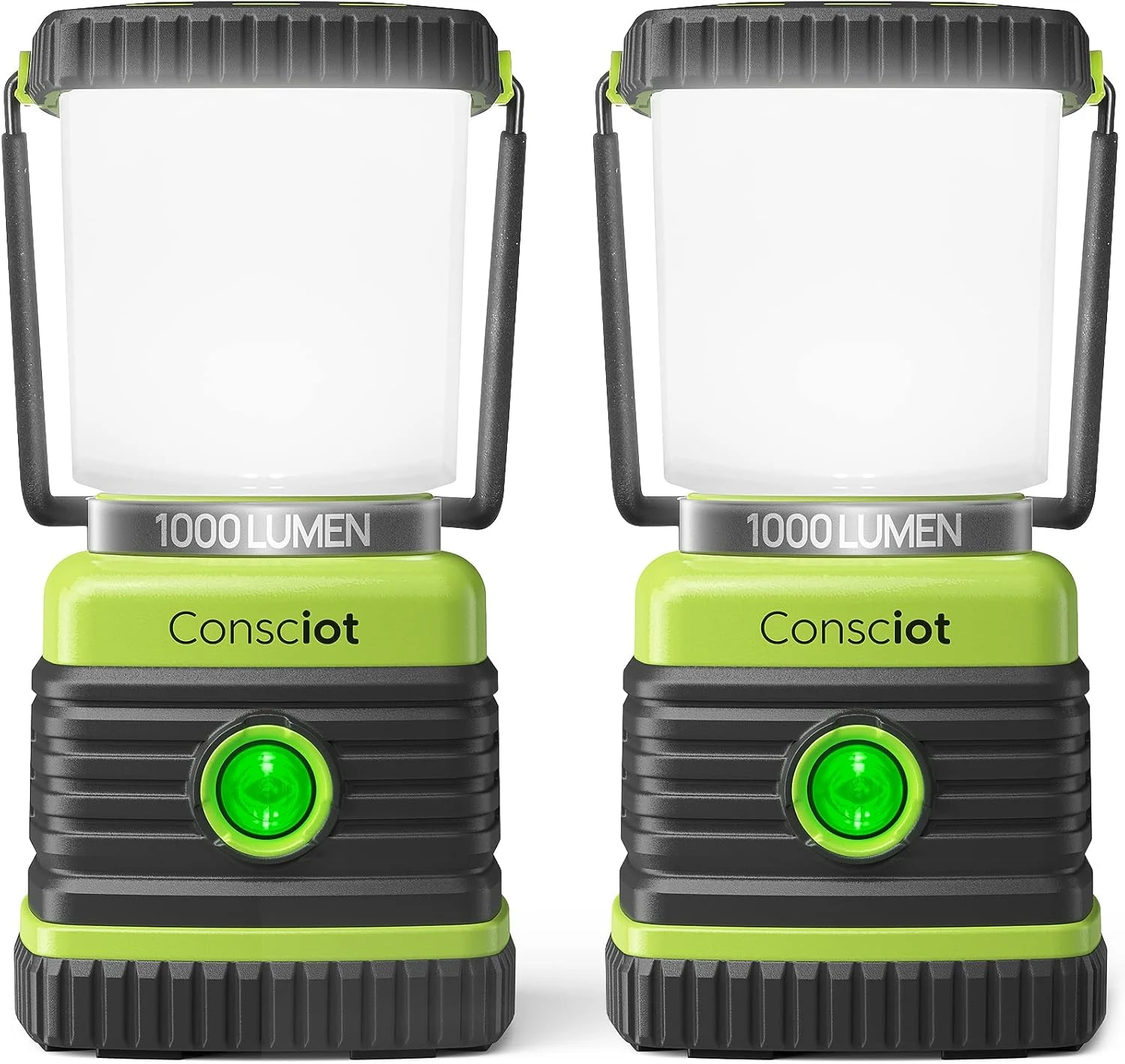
LED Camping Lantern, Consciot Battery Powered (2-Pack)
- Up to 1000 lumens
- 4 light modes
- Water-resistant, rugged build
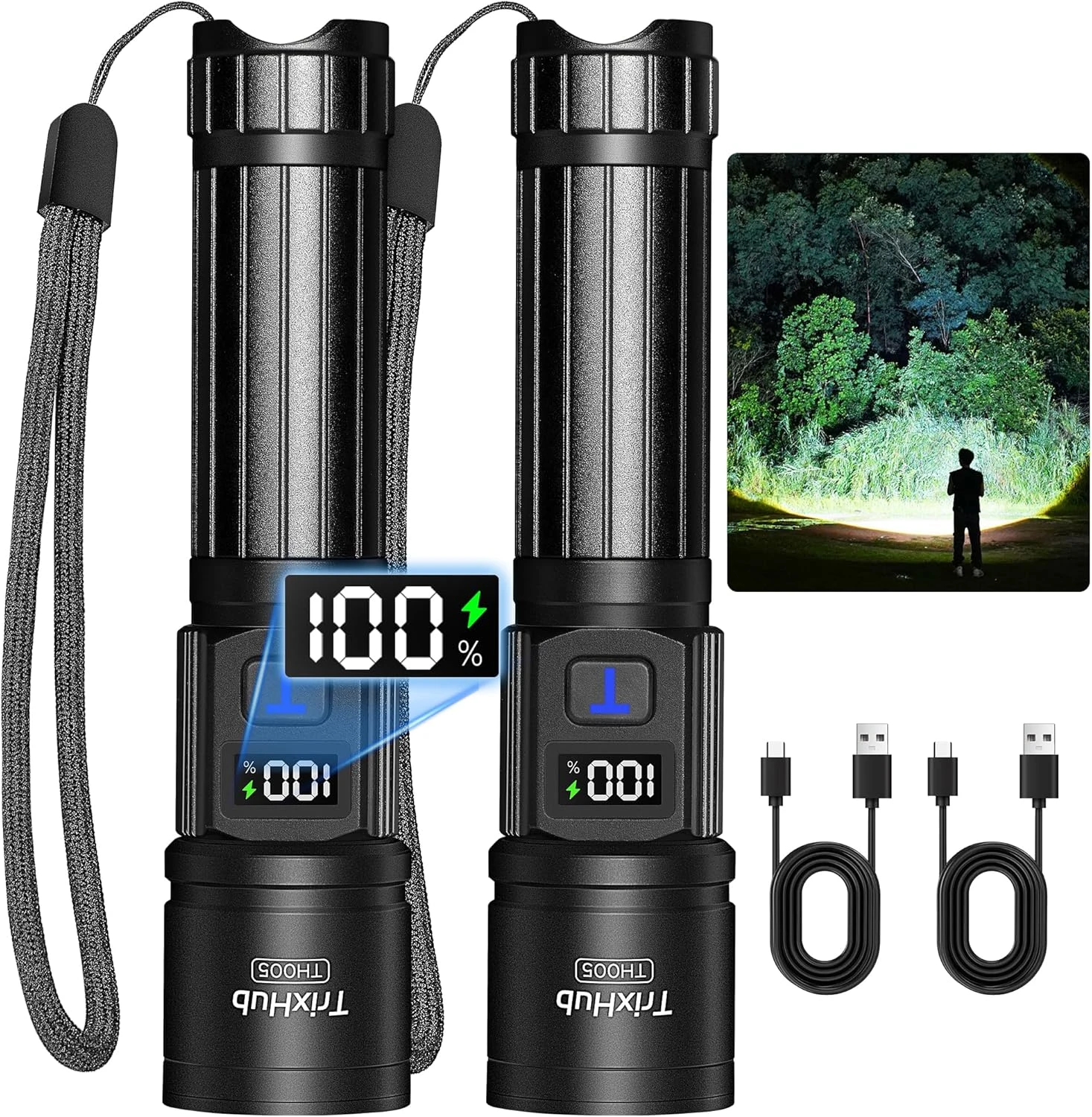
Rechargeable Flashlights High Lumens, TrixHub
- 2000 lumens, 5 modes
- LCD battery display
- USB-C fast charging
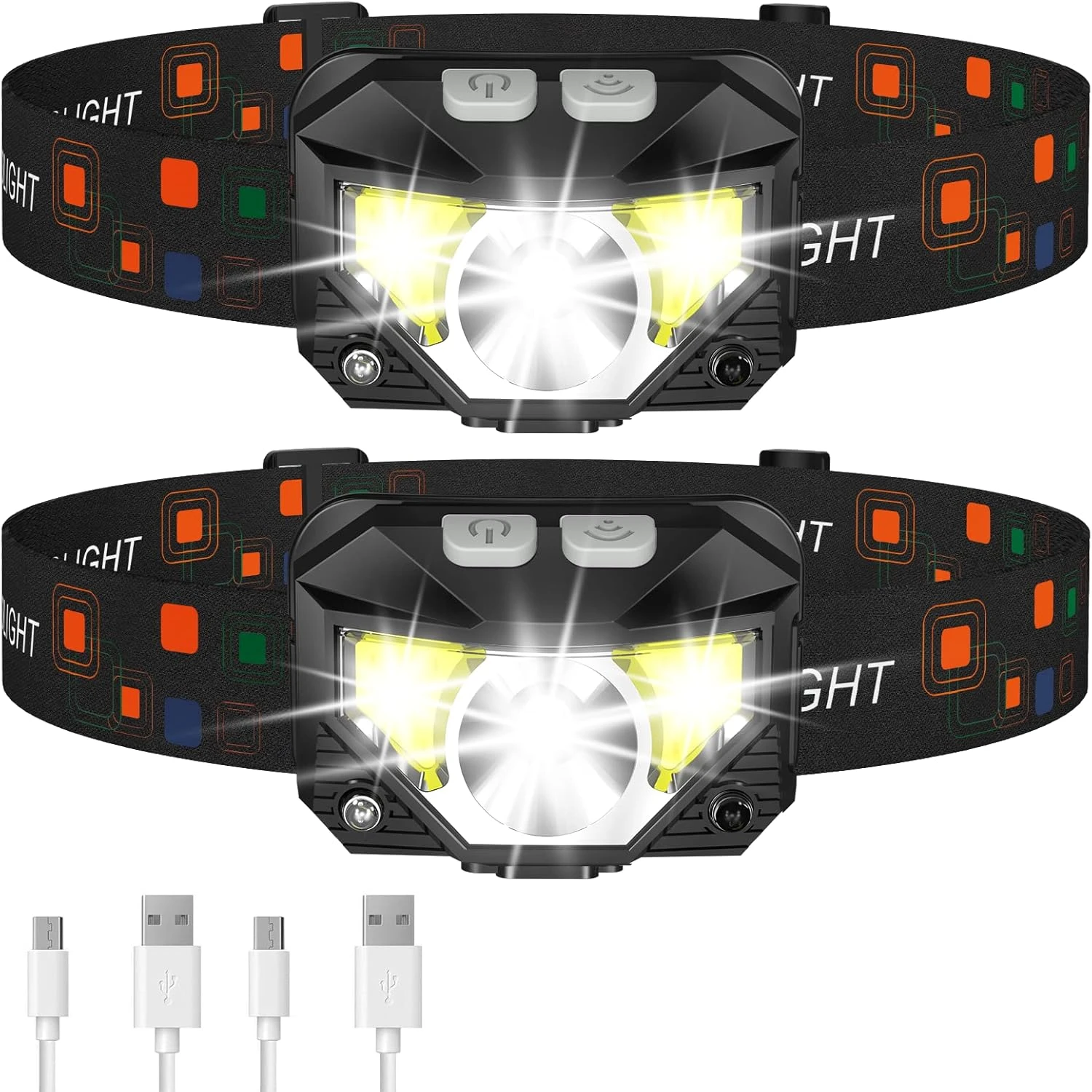
LHKNL Headlamp Flashlight, Ultra-Light Rechargeable (2-Pack)
- 8 light modes
- Rechargeable, lightweight
- Motion sensor operation
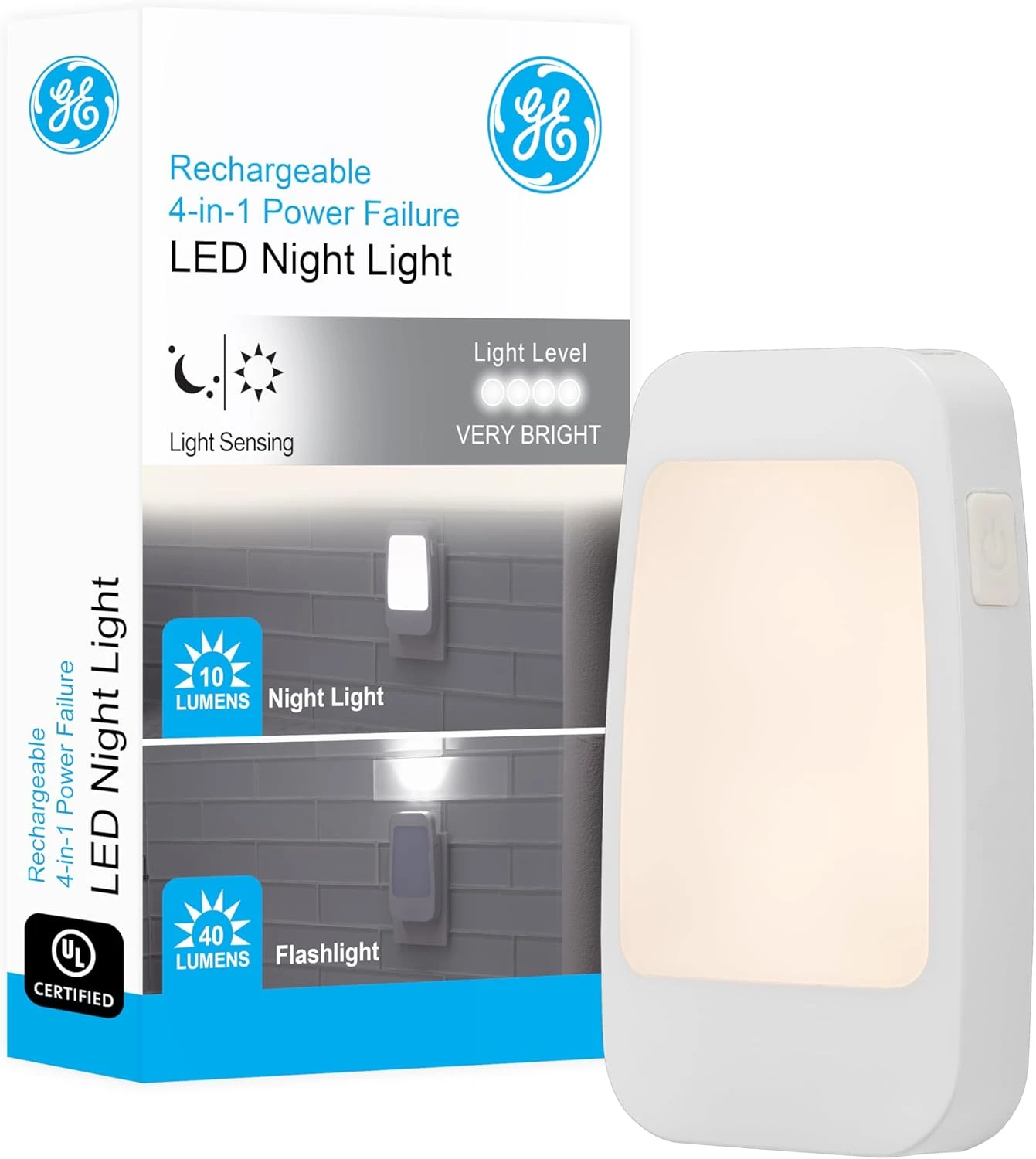
GE 4-in-1 LED Power Failure Night Light
- 4 functions in 1
- Auto-on during outage
- Compact & plug-in
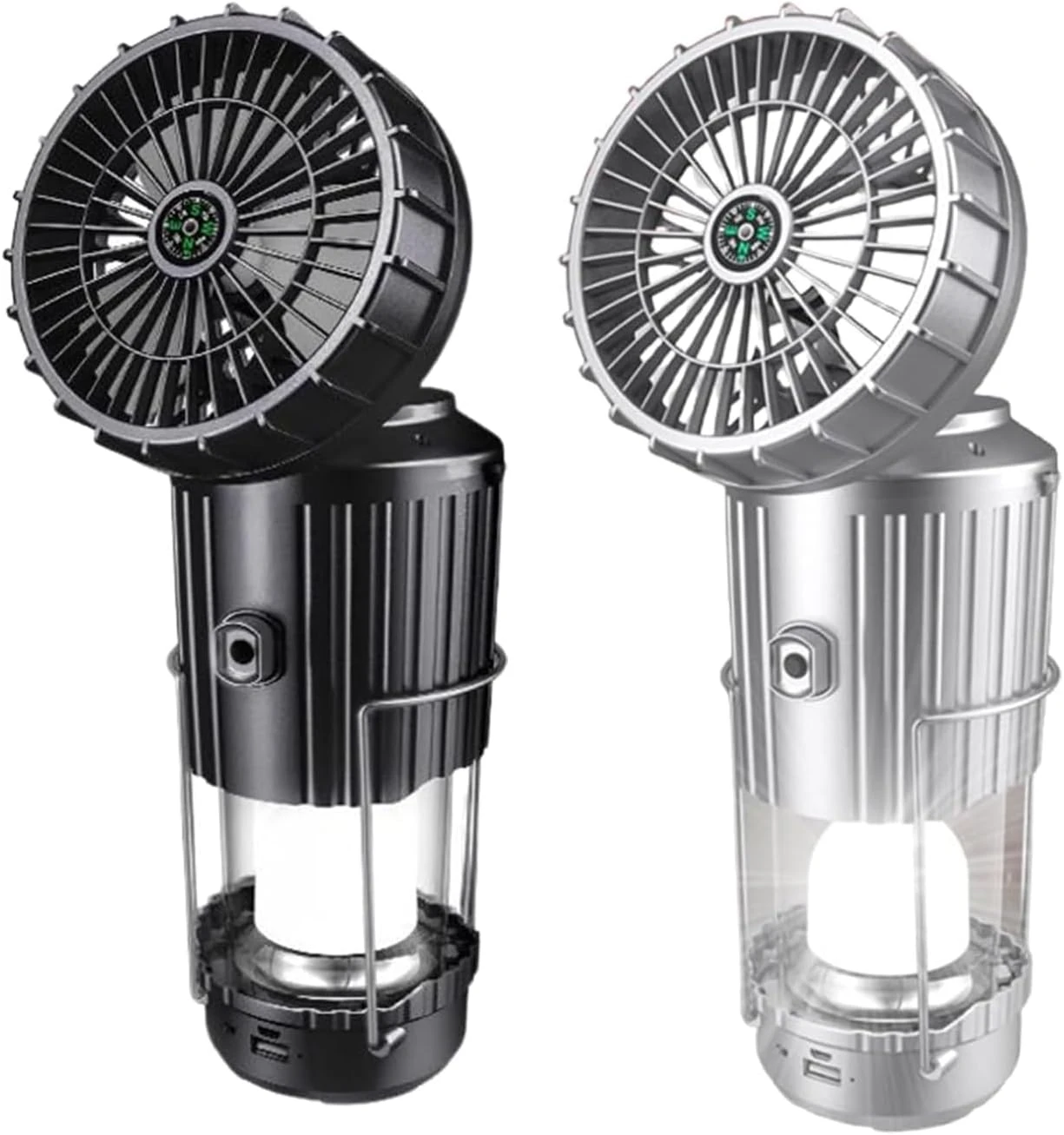
Calenarcnt 5-in-1 Portable Solar Camping Lantern with Fan
- Lantern & fan combo
- Solar + USB charging
- Foldable & portable
Quick Checklist: Emergency Lighting Prep
Use this simple checklist to make sure your home is ready for the next blackout. Regularly reviewing these steps will keep your family safe and stress-free when the lights go out.
- Store at least one emergency light or flashlight in every major room—bedrooms, living room, kitchen, and hallways.
- Keep a headlamp or hands-free light in your emergency supply kit or near your main entry.
- Test all emergency lights twice a year and recharge or replace batteries as needed.
- Label and store extra batteries in a cool, dry place, separate from the devices.
- Include at least one solar or rechargeable option for extended outages.
- Install plug-in night lights in hallways, staircases, or children’s rooms for automatic backup lighting.
- Make sure everyone in your household knows where the emergency lights are kept and how to use them.
- Download and print the Storm-Ready Home Checklist for a complete preparedness guide.
Common Mistakes and Pro Tips
Even well-prepared households can run into trouble if a few key details are overlooked. Here are some common mistakes and expert tips to help you stay one step ahead:
- Mistake: Relying only on candles or oil lamps.
Pro Tip: Always use flameless, battery-powered, or rechargeable lighting for safety, especially with children and pets in the home. - Mistake: Storing all emergency lights in one location.
Pro Tip: Distribute lights throughout your home so every family member can access a light quickly, even in total darkness. - Mistake: Forgetting to check and charge lights regularly.
Pro Tip: Add a reminder to your calendar or tie battery checks to seasonal tasks, like changing your smoke alarm batteries. - Mistake: Using only one type of light.
Pro Tip: Mix lanterns, flashlights, headlamps, and plug-in night lights to cover every room and situation. - Mistake: Not training children or seniors on how to use the lights.
Pro Tip: Have a quick family “blackout drill” so everyone feels confident using your emergency lighting solutions. - Mistake: Ignoring outdoor or utility areas.
Pro Tip: Place a weather-resistant flashlight or lantern in your garage, car, and outdoor storage area for safe access in any scenario.
These simple strategies will help you avoid the most common pitfalls and make your blackout plan truly storm-ready.
Frequently Asked Questions
What is the safest type of emergency lighting for indoor use?
The safest emergency lighting for indoors is battery-powered or rechargeable LED lights. These include lanterns, headlamps, plug-in night lights, and flashlights. They are cool to the touch and do not pose fire risks, unlike candles or oil lamps. For more tips, see our Power Outage Preparation Guide.
How many emergency lights should I keep in my home?
At a minimum, keep one emergency light or flashlight in every bedroom, one in each common area, and one near your main entry or stairwell. Including extra options in your emergency kit and vehicle is also recommended. For a full checklist, download our Storm-Ready Home Checklist.
How do I maintain rechargeable emergency lights?
Recharge your lights every few months, even if they have not been used. Test all features and replace batteries as needed to ensure they work in an emergency. For more on maintenance, check out our Emergency Preparedness Tips.
Can solar-powered lights be used indoors during a blackout?
Yes, many solar-powered lights are designed for indoor use. Charge them outside during the day, then bring them inside at night for safe, flameless illumination. Choose models labeled for both indoor and outdoor use for maximum versatility.
What should I avoid using for light during a blackout?
Avoid candles, oil lamps, or anything with an open flame due to fire and carbon monoxide risks. Stick to LED, battery-powered, or solar-powered lights for safety, especially in homes with kids or pets.
Where can I find a complete emergency lighting checklist?
You can download the free Storm-Ready Home Checklist for a full emergency lighting and blackout prep guide. We also offer an Emergency Contact Card and a Family Emergency Meeting Plan for comprehensive preparedness.
Final Recap and Free Download
The right emergency lighting is a must for every home keeping your family safe, comfortable, and in control when blackouts strike. By planning ahead and choosing lights that fit every space and situation, you’ll be prepared for storms, power outages, and unexpected emergencies.
Remember to check your lights regularly, store them where they are easy to reach, and include options for every room and family member. For step-by-step guidance, grab our free printable checklist below.
📥 Get the Free Storm-Ready Home Checklist:
Download Your Checklist
Want more tips? Explore our Generator Comparison Guide or browse the latest power backup gear for even more ways to stay prepared.
